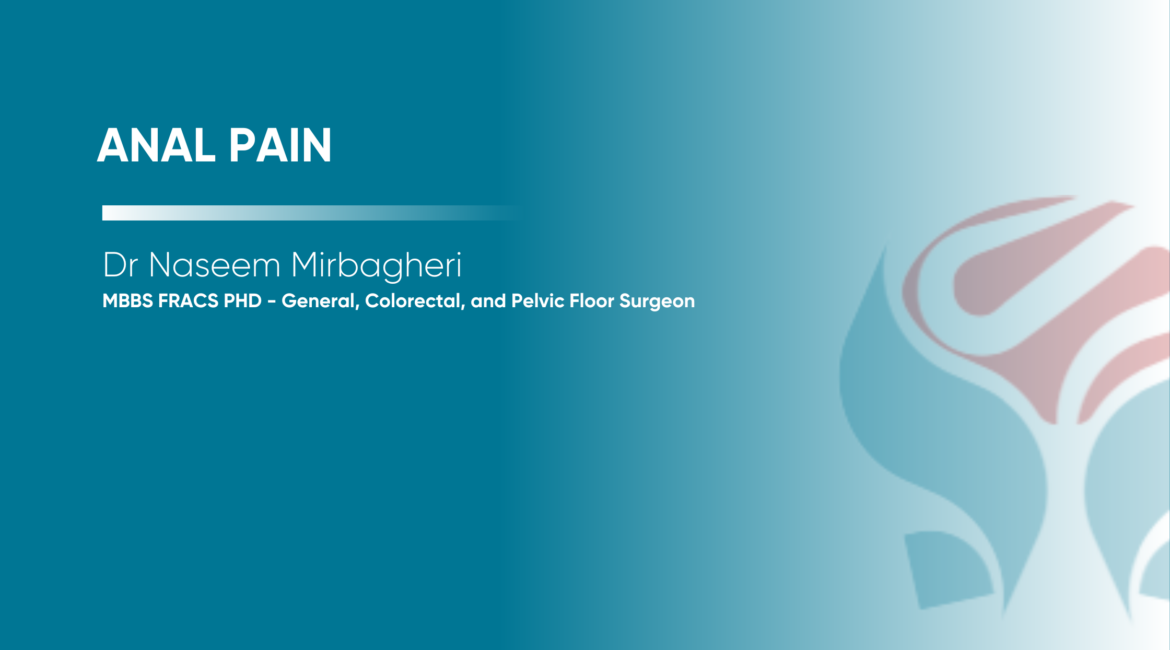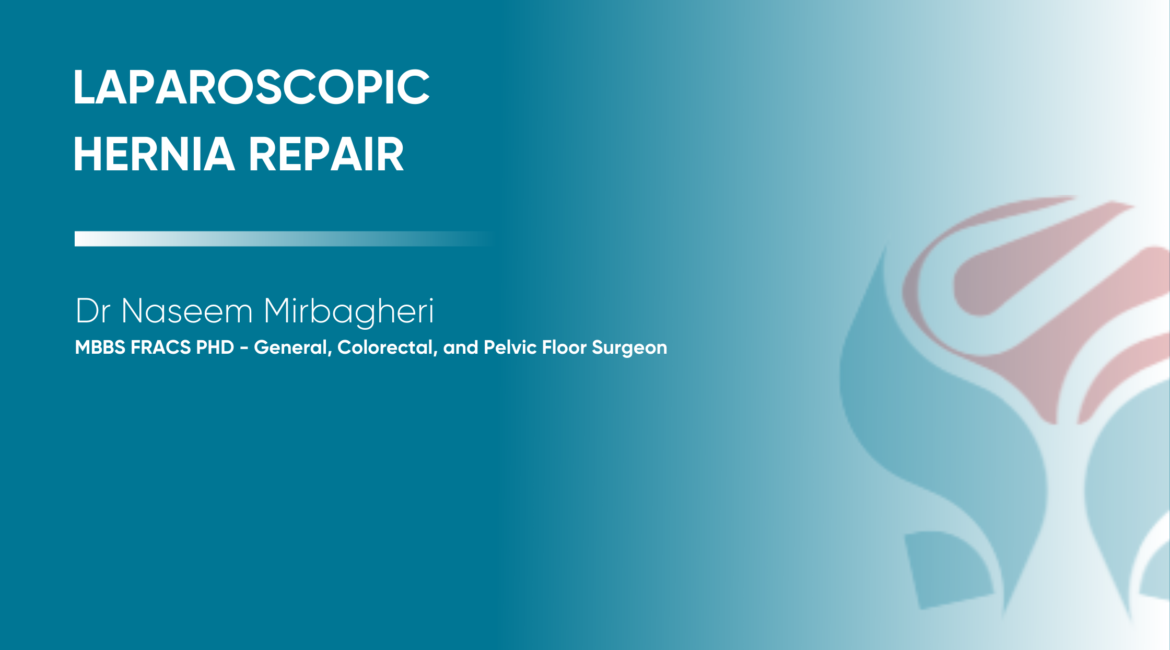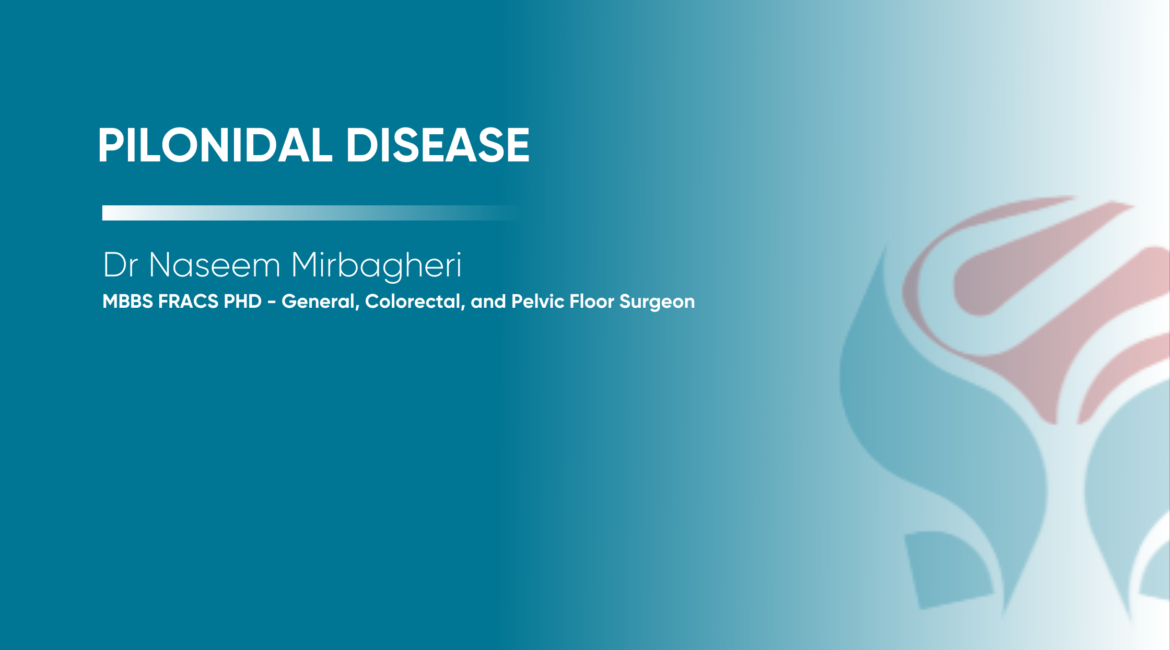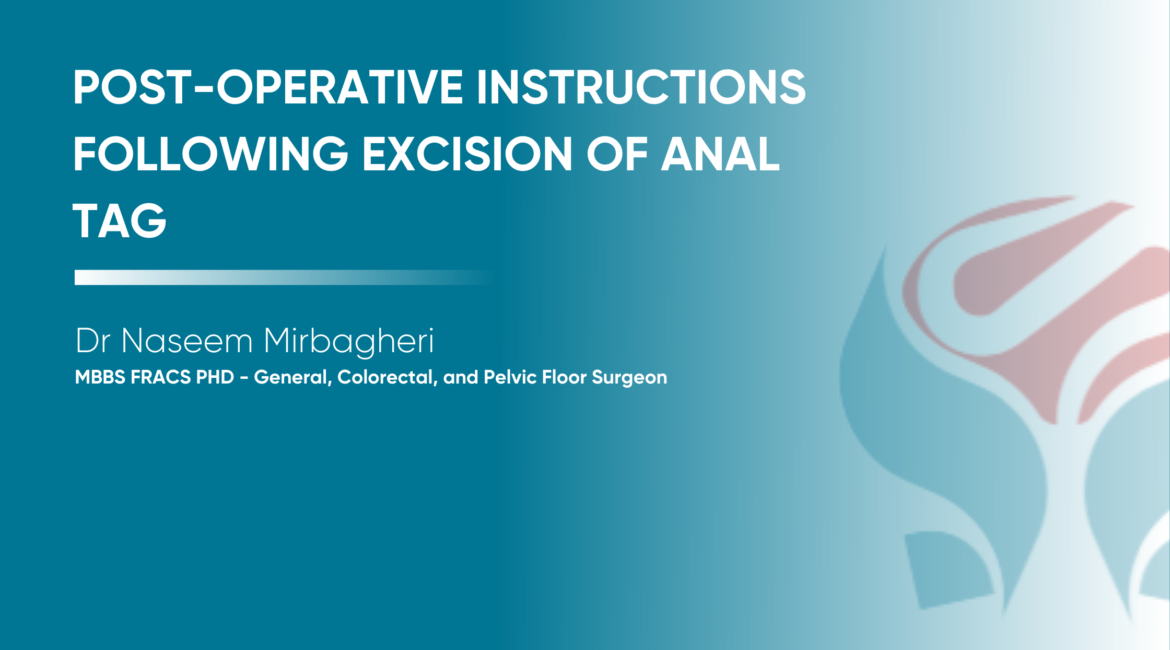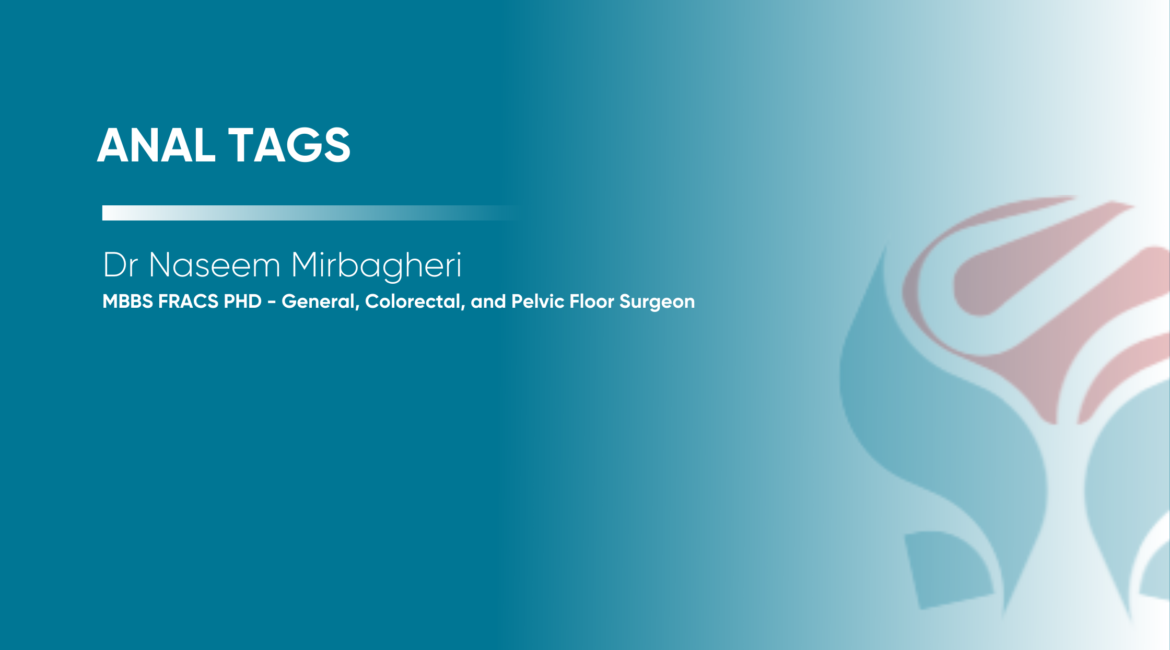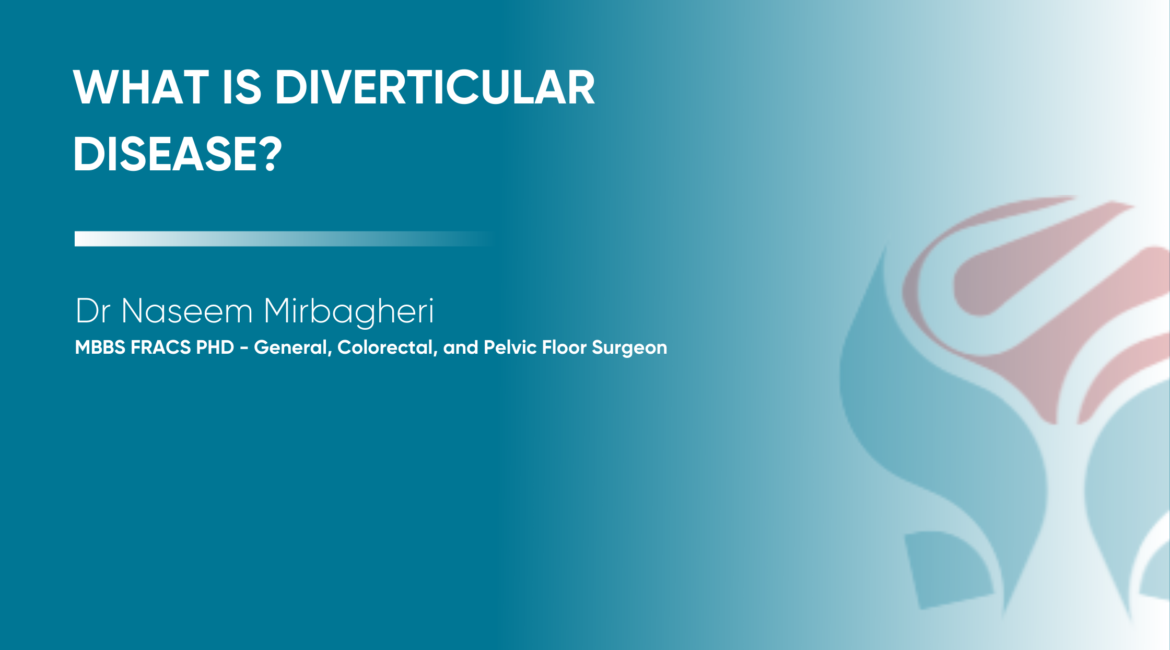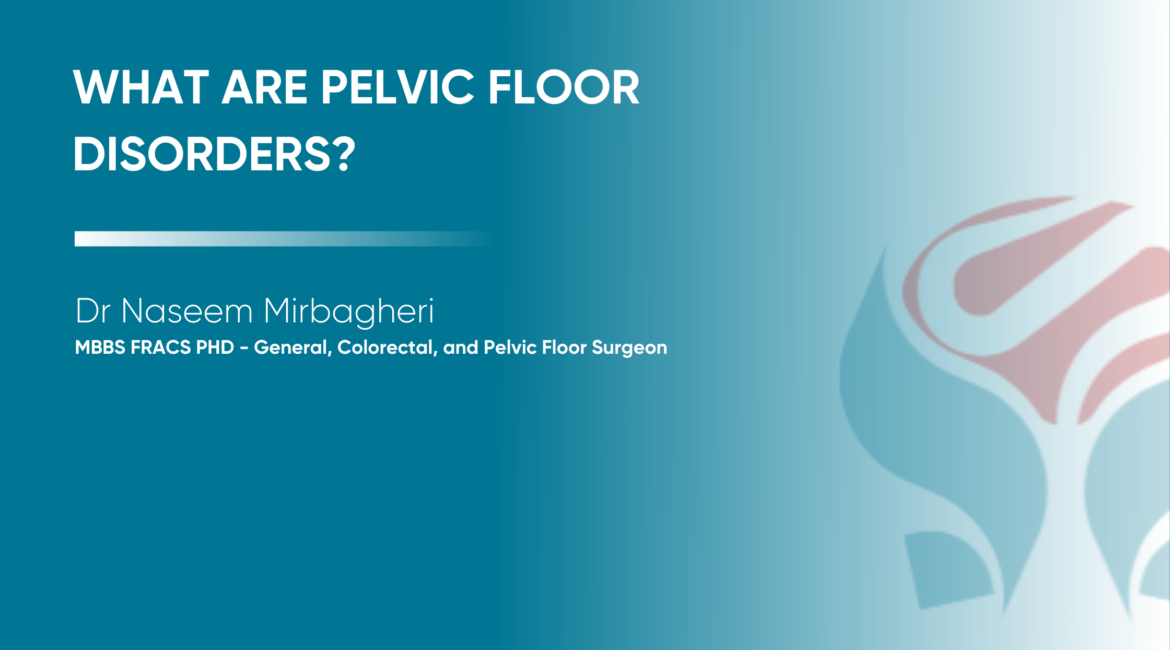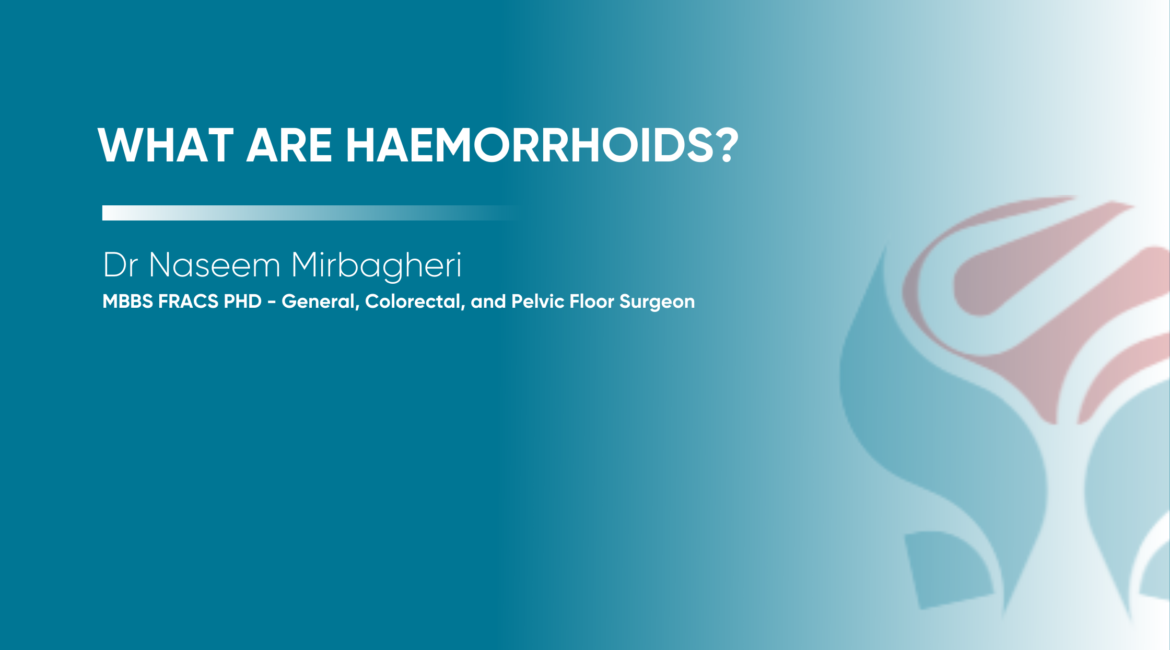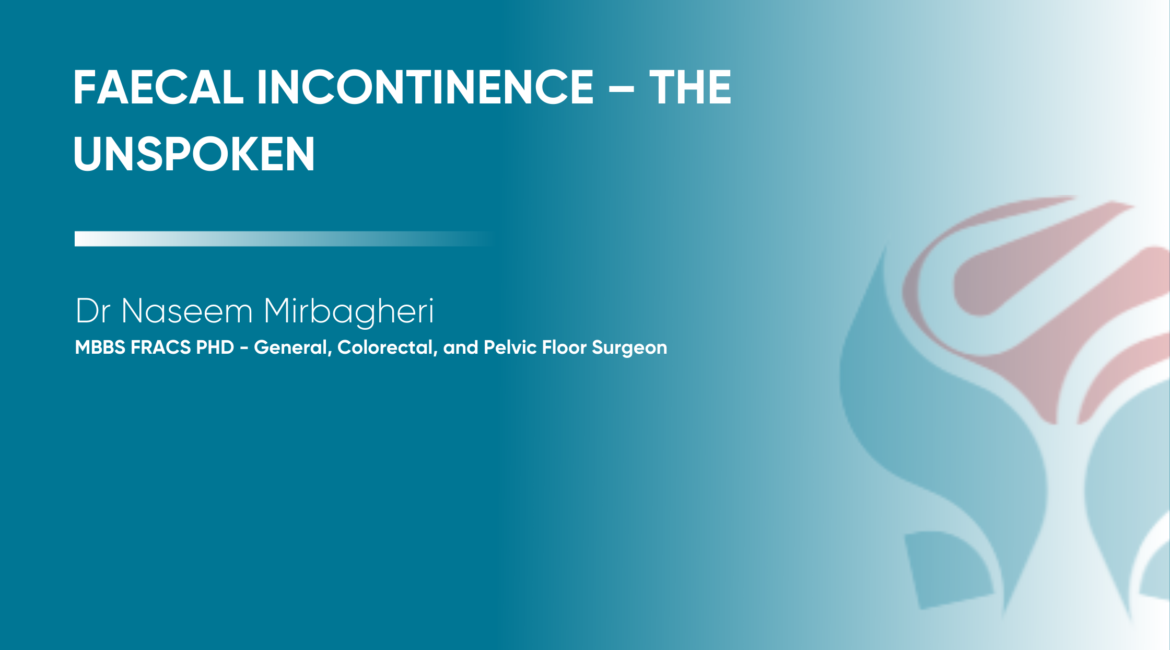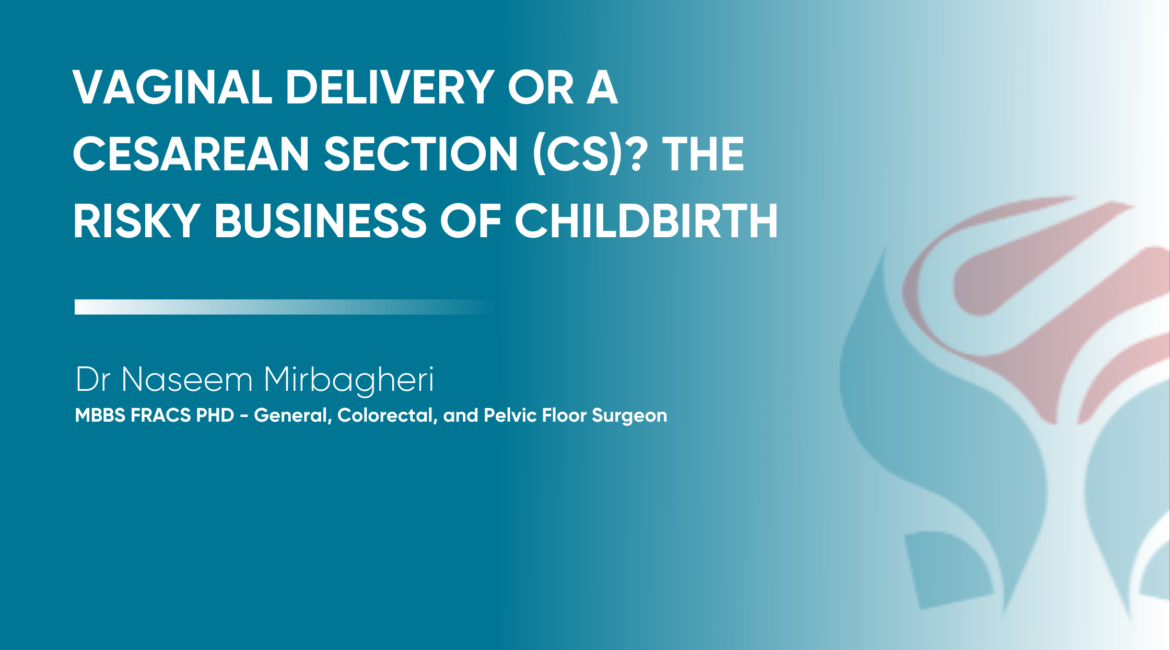Causes and Management A day does not go by where I don’t see a patient in my practice with anal pain! Any pain is distressing but a ‘pain in the butt’ goes beyond just the physical part, it can be embarrassing, can affect self-confidence and interfere with bowel action. The...
Laparoscopic Hernia Repair
A hernia is a condition where part of one’s internal structures protrudes through a defect or weakening in the surface of our body. A hernia can be in the groin, the abdominal wall, e.g. umbilical, a prior scar, e.g. appendicectomy scar or Caesarian scars etc. A hernia may give you...
Pilonidal disease
First described over 250 years ago, was known as Jeep disease during WWII. Nearly 80000 soldiers were treated for this condition during WWII!. Pilonidal comes from the Greek work and means ‘nest of hair’ It is a rare disease in patients <12yo and >40yo. Risk factors include race, occupation, male...
Post-operative instructions following excision of anal tag
Day Procedure The removal of skin tag is performed using electrosurgery. A diathermy handle is used to cut the anal tag, diathermy refers to a surgical instrument that converts electrical energy into heat, used for cutting skin and cauterising bleeding vessel. The wound is then left open to heal, no...
Anal tags
One of the most common benign anal conditions is anal tags. These are just stretched skin around the anal area, usually as a result of past or existing haemorrhoids. There are NOT actual haemorrhoids but a remnant of skin from swelling associated with haemorrhoid disease in the past. Other...
What is diverticular disease?
What is diverticular disease? Diverticular disease refers to the little pockets or pouches that form in the bowel usually from the weakening of the bowel wall. This condition is mainly seen in the sigmoid colon (large bowel on the left side). This condition is very common in Australia and commonly...
What are Pelvic Floor Disorders?
There are three groups of pelvic floor problems: 1. Urinary incontinence related to bladder dysfunction 2. Faecal incontinence related to dysfunction of the anal canal, the rectum or both. 3. Pelvic Organ Prolapse can be related to the prolapse of either bladder, vagina, uterus, the rectum or both. Patients can...
What are Haemorrhoids?
Haemorrhoids are normal part of our anal canal anatomy, we all have them. They act as a cushion in our anal canal and help us with fine continence, e.g. when you cough, they get filled up with blood and help make the anal canal wind and water tight. Haemorrhoids are...
Faecal Incontinence – the unspoken
https://www.abc.net.au/radionational/programs/healthreport/faecal-incontinence-and-world-first-non-identical-organ-swap/11268068 Listen here to Dr Naseem talking about faecal incontinence on radio national with James Bulleen
Vaginal delivery or a Cesarean section (CS)? The risky business of childbirth
Age and parity highest risk for pelvic floor dysfunction - 10% at age 40 and 50% by age 80 with at least one pelvic floor symptoms - Pregnancy effect on pelvic floor: hormononal effect + weight of the fetus, upto 6 weeks postpartum can have some degree of prolapse due...

